Billboard-banning cities
A shift in our ads culture?
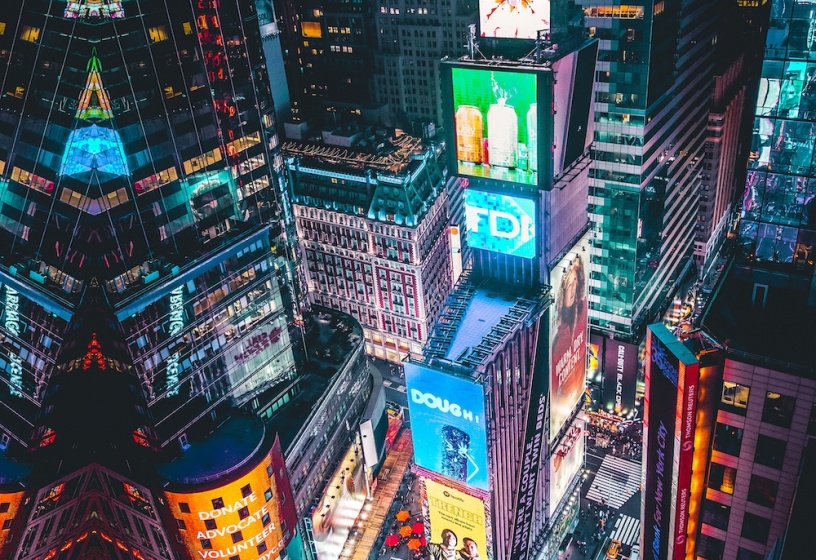
What do Times Square, Piccadilly Circus and the Tokyo Shibuya crossing all have in common? A clutter of bright flashing colors in the shape of billboards, a public display of "who can shine the brightest" - for status, as much as visibility. And what do São Paulo, Teheran and Geneva have in common? They are pioneers of a global movement to become the polar opposite: un-branded cities, billboard-free. While it’s difficult to imagine some places without advertisements, the movement makes some strong points about our ads culture and how it’s affecting both society and the environment.
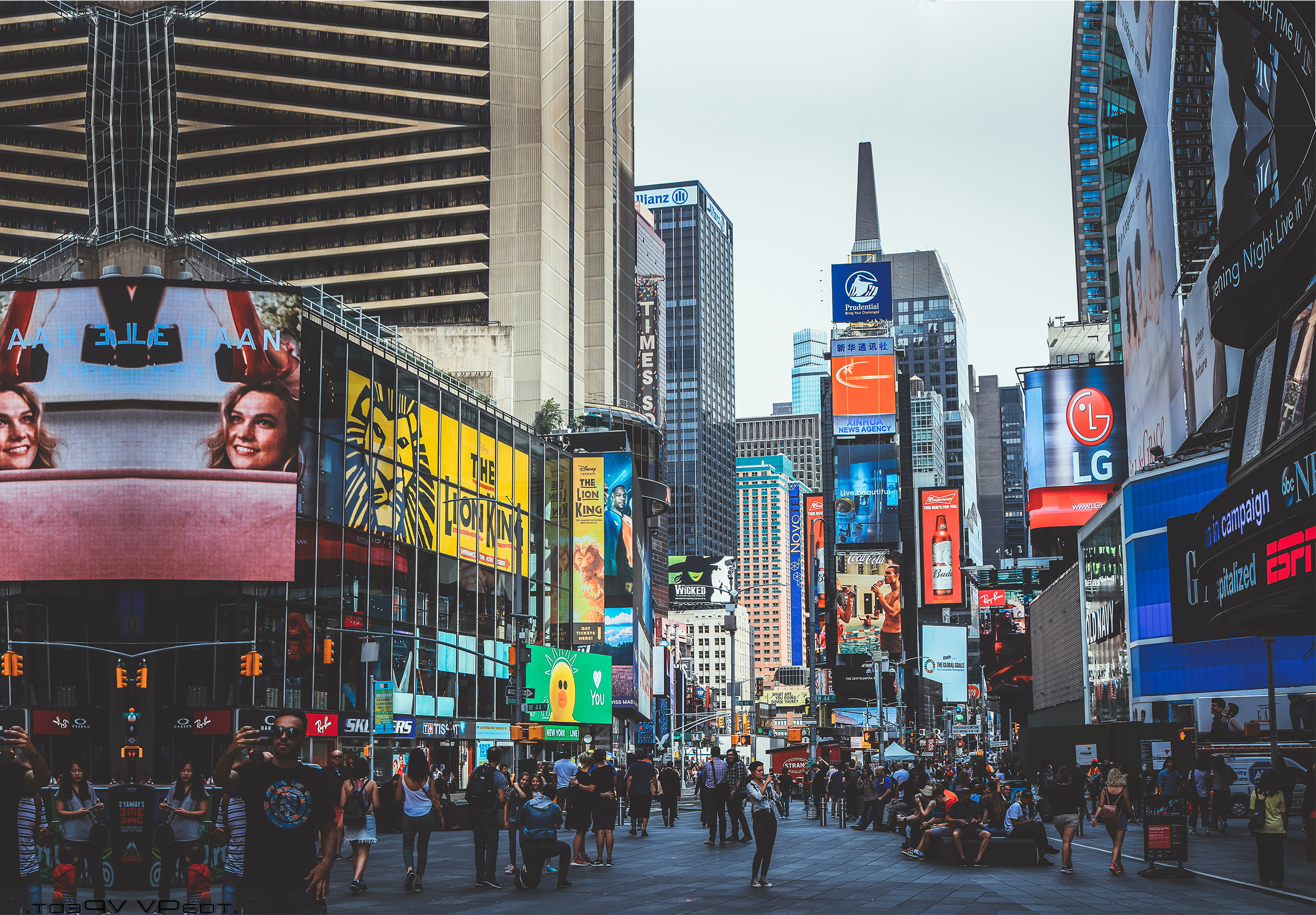
It is estimated that we are exposed to between 6,000 to 10,000 ads each day. Social media is of course the main suspect, but if you think about it, websites, TV, radio, magazines, and newspapers are all littered with ads. Adding billboards along roads and on buildings as well as posters on bus shelters and store fronts, it’s clear that advertisements are omnipresent. And yet, if you ask the average person how many ads they see in a day, chances are they wouldn’t say 6,000. That’s because we’ve become so used to urban advertisement, it’s like they have become natural features of our landscapes. Times Square - the epitome of urban advertisement - is lit so brightly it can be seen from space and is visited by around 360,000 people each day, many of which come to admire the iconic pictorial cacophony.
Left unchecked, the accumulation of outdoor advertising can, however, consume a city, as was the case for the world’s fourth largest metropolis. In the early 2000s, advertising grew exponentially in Brazil, and São Paulo began to suffocate under a smog of visuals, until the city took the unprecedented step of banning them altogether in 2007. Under the Clean City Law (Lei Cidade Limpa), outdoor adverts were labelled “visual pollution”, referring to the visual deterioration to the city’s landscapes and urban architecture that the signage was causing. Despite resistance by businesses who argued the ban would lead to a substantial impact on the local economy, the law received broad public support and within a single year, 15,000 billboards and 300,000 storefront signs as well as all bus and taxi advertisements were removed.
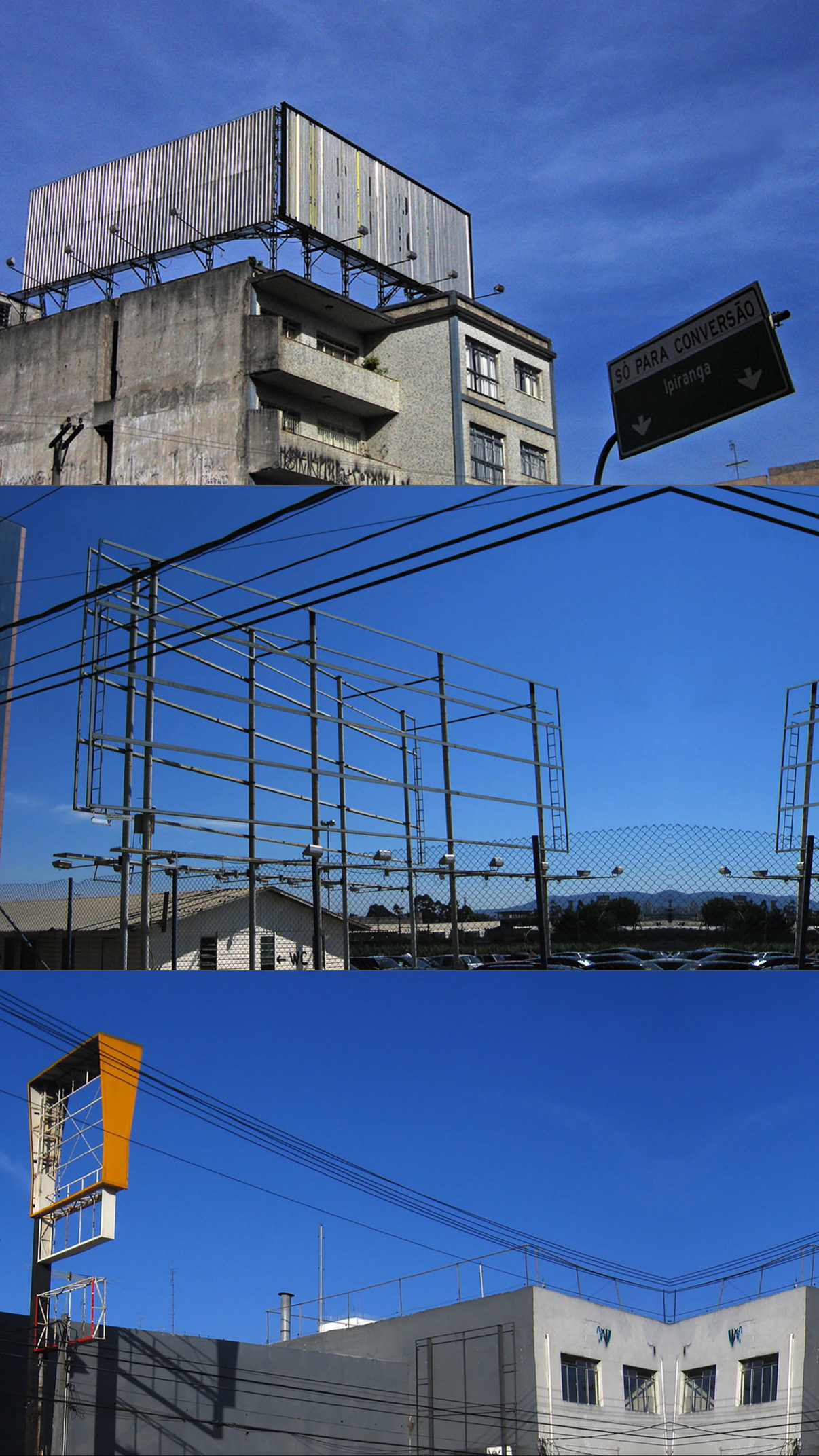
Billboards are disappearing from the city of São Paulo after the ban law came into force in 2007.
The one medium you can't turn off
While digital forms of advertisement may be irritating, we can take steps to avoid them. The trouble with out-of-home (OOH) advertisements is that they are ubiquitous. Walking through a city, waiting for the bus, or passing store fronts - ads plastered in these places haunt passersby whether they like it or not. Next to contributing to both visual and light pollution, the constant exposure to commercial advertising in public spaces can lead to negative cognitive effects, such as information-overload (infobesity) and eye fatigue. And let’s not forget how ads are an engine for consumerism: they encourage and thrive on our insecurities, creating artificial needs and manipulating us into buying things we don’t necessarily need. Creating a cognitive clash in the minds of consumers, these alluring messages directly conflict with the increasingly urgent calls for restraint. In addition, most billboards promote large corporations, because smaller and local businesses simply cannot afford this type of advertisement.

Saõ Paulo outdoor adverts were labelled “visual pollution”, referring to the visual deterioration to the city’s landscapes and urban architecture that the signage was causing.
Rebalancing our cultural lives?
Although São Paulo’s initiative served as spark to a global movement to ban urban ads, with Chennai in India prohibiting the erection of billboards in an attempt to regulate the visual pollution that illegal hoardings were causing in 2009, and Grenoble replacing over 300 ad locations with trees and community noticeboards in a bid to “reduce citizen stress” in 2014, there are earlier traces of resistance to urban signage: the first state to outlaw billboards was Hawaii in the 1920s. Highways and coastal roads were littered with billboards promoting cigarettes and fast-food that were obstructing the natural and scenic landscapes, and it didn’t take long for Vermont, Maine, Alaska to follow in Hawaii’s footsteps.
However, this new anti-billboard wind that is sweeping through the world a century later has more deeply rooted arguments than simply superficial looks. From local resident groups to anti-advertising organizations, activists argue that ads distract people from real problems, like climate change and over-consumption, and protest movements in France go as far as condemning ads as something destructive to culture and colonizing our imagination. The UN, too, has weighed into the debate, stating in a cultural rights report that “the constant bombardment of our senses intrusively impacts our cultural lives,” and that “outdoor advertising bans are a much-needed step to re-balance the use of public spaces”.
Art over consumerism
Indeed, the anti-ad movement seems to have found a foothold in culture. In 2015, Teheran took steps towards reclaiming public spaces by plastering copies of famous artworks on some 1,500 billboards across the city for 10 days, transforming the Iranian capital into a gigantic, open-air exhibition.
French artist Etienne Lavie took a similar approach through his virtual campaign OMG, who stole my ads? where he digitally replaced billboards and bus stop posters on the streets of Paris and Milan with classical work of arts, inviting his audience to imagine walking around cities surrounded by the beauty of Da Vinci and Michelangelo, instead of ads of the BigMac.Since then, France has become somewhat of an anti-billboard pioneer in Europe, with Marseilles, Paris and most recently Nantes, going to war against street advertising. By 2024, Nantes has foreseen to remove 1,000 billboards across the city, especially near heritage sites and natural areas.
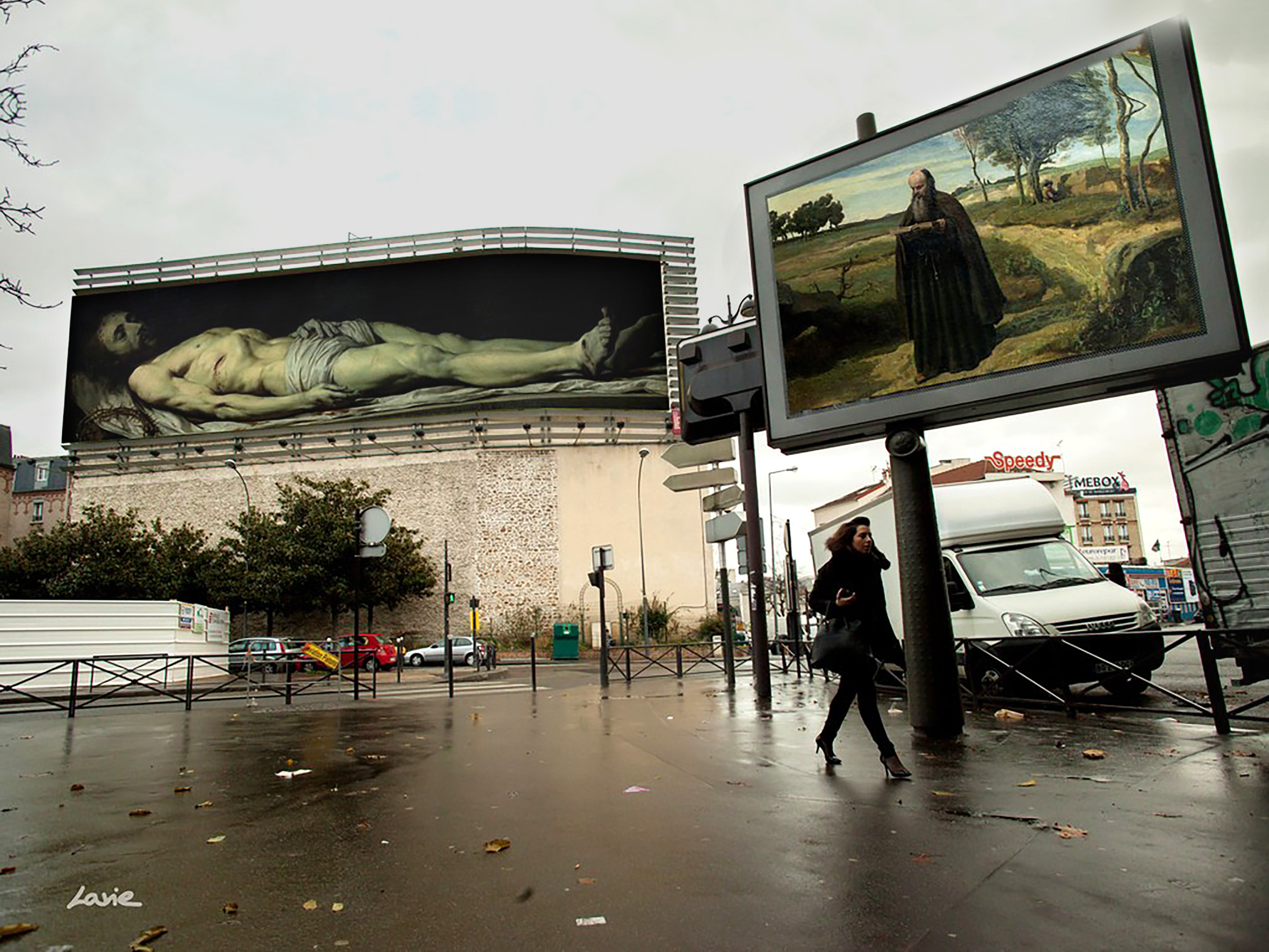
Making room for art in the streets of Paris (virtual simulation work by the French artist Etienne Lavie).
The first actual billboard posters emerged in the 1830s in the United States, when the Ringling Bros. & Barnum Baily Circus hung up large and colorful posters advertising “The Greatest Show on Earth”. In the 1860s laws were passed allowing businesses to purchase outdoor space to install billboards, and soon enough, business was booming: within just a few years, more than 300 companies painting signs and posters popped up in the United States alone, but the billboard business would soon gain interest in the rest of the world.
A deal with the devil
The aftermath of São Paulo’s Clean City Law included a legal process by the world’s largest outdoor-advertisement company who claimed the law violated the constitution. Although the city won the process, hoardings quietly started reappearing in various parts of the city after some years, and today São Paulo is not completely ad-free, but rather, ad-sober: the approach towards ads in public spaces has become much more holistic and controlled, keeping the city’s landscape and its people’s best interest at heart.
Part of the reason for the reemergence of ads can be traced to the almost Faustian pact that exists between cities and advertising. Affected by flooding and subsidence, Venice’s historic infrastructures need frequent maintenance, and the city council has in the past claimed that without billboard advertisements it wouldn’t be able to finance the restoration of its ancient palazzi. Sao Paulo faced a similar situation when the removal of billboards uncovered crumbling architecture and hidden favelas, all of which required hefty financial efforts from the city.

Religious historical heritage and consumerist promotion coexist. Barcelona Cathedral.
This forces us to, quite literally, look at the issue from a wider perspective: what exactly are “public spaces”, for whom are they and how do we want to use them in the future?
Is the sky the limit?
Whether a commercial eyesore or a financial opportunity, the debate on the place of outdoor advertisement in our societies has continued to spread across the world. And perhaps the question isn’t so black and white. Acknowledging the financial benefits from renting public spaces to advertisement, but also recognizing the negative effects that they have in terms of climate change, cities in the Netherlands have chosen a middle way: by 2024, meat advertisements will be banned in public spaces in Haarlem, and Amsterdam, Leiden and The Hague have banned commercials for air travel, gas-powered cars and the fossil fuel industry.
While such efforts are admirable and have inspired other cities around the world to reconsider the use of public spaces, recent announcements of satellite billboards in space, or the use of advertising drones, tell a different story. This forces us to, quite literally, look at the issue from a wider perspective: what exactly are "public spaces", for whom are they and how do we want to use them in the future?
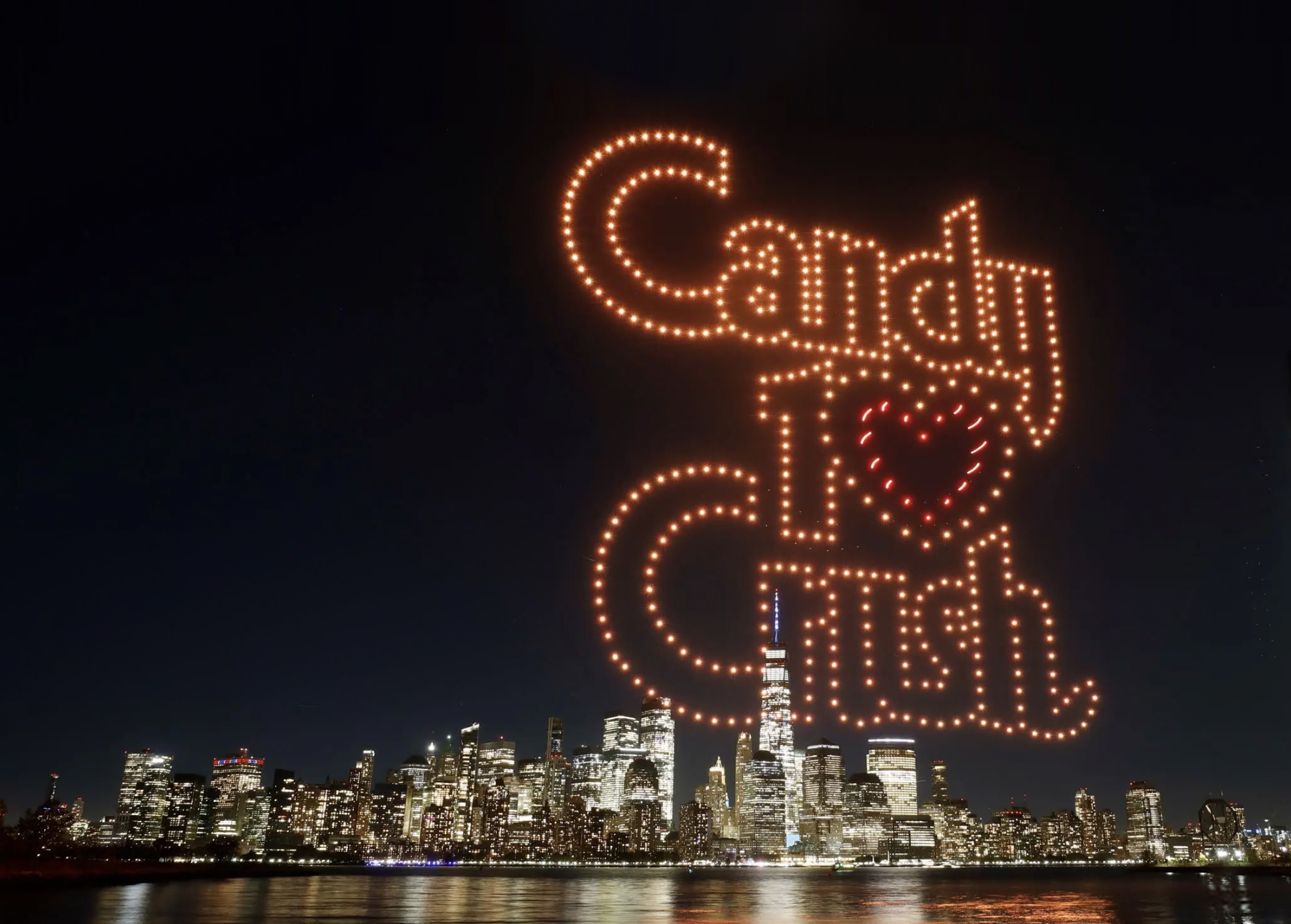
After billboards, advertisers are taking it a step further by using the sky as a media space. Here, the Candy Crush 10th anniversary campaign with over 500 drones in the New York night.